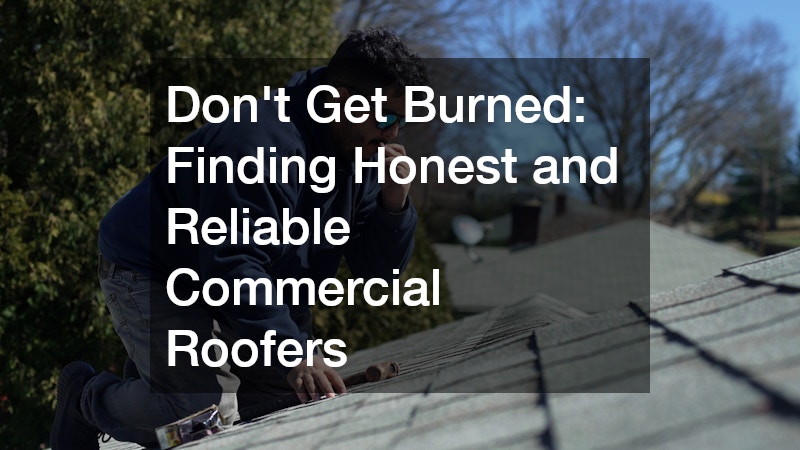Maintaining a healthy and durable roof is one of the most important responsibilities for any homeowner. A roof does more than just shelter your home from the elements—it protects your family, preserves the value of your property, and contributes to energy efficiency and comfort. Yet, despite its importance, many homeowners delay essential roof care until minor issues escalate into costly repairs or full replacements. Understanding the fundamentals of roof restoration can empower homeowners to make informed decisions, prevent unnecessary damage, and extend the lifespan of their investment.
Roof problems can arise for many reasons, including extreme weather, aging materials, improper installation, or lack of maintenance. Recognizing the signs of wear and knowing when to act is crucial. Small leaks, missing shingles, rust spots, or sagging areas are often early indicators that attention is needed. Homeowners who address these problems promptly can prevent structural damage, interior water issues, and even mold growth, which can pose health risks.
Roof restoration is not just about repairing damage—it is a proactive approach that combines inspection, maintenance, and selective replacement of roofing components to restore your roof’s functionality and appearance. It involves choosing appropriate materials, hiring skilled professionals, and following a strategic maintenance schedule. Every roof has unique requirements based on its design, material type, and local climate conditions, so a one-size-fits-all approach rarely works.
Moreover, investing time in roof restoration can significantly increase your home’s value. A well-maintained roof enhances curb appeal, protects interiors, and reduces long-term costs by avoiding frequent repairs. Homeowners who understand the process can confidently navigate the many options available, from selecting the right materials to choosing the most reliable contractors. This guide will walk you through the essential steps of roof restoration, including identifying common problems, finding trusted professionals, selecting materials, maintaining your roof, and planning for full replacements when necessary. By following these steps, you can ensure your home remains safe, comfortable, and visually appealing for years to come.
Understanding Common Roof Problems
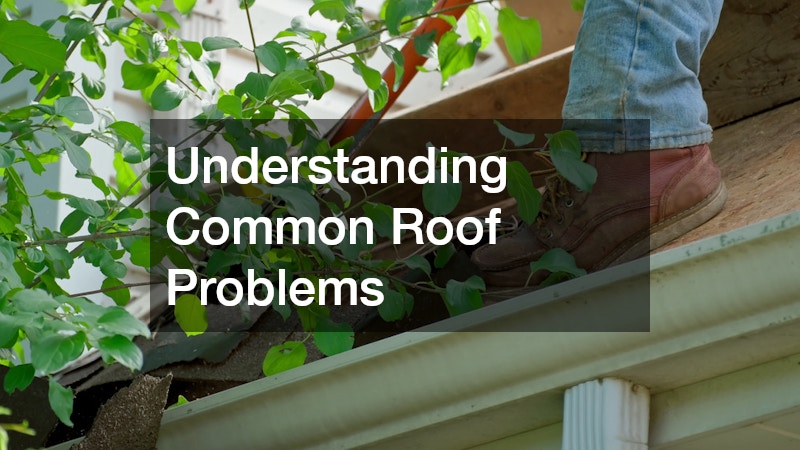
Roofs face a variety of challenges throughout their lifespan. Weather-related damage, including heavy rain, wind, hail, and extreme temperatures, can deteriorate materials over time. Missing or broken shingles, leaks, water stains on ceilings, and sagging roof areas are common problems that signal the need for attention. Regular inspections and timely local roof repair help homeowners catch issues early, allowing minor repairs to prevent more extensive damage. Additionally, debris buildup, such as leaves and branches, can trap moisture and accelerate wear. Proper assessment of these problems is the first step toward effective restoration. Homeowners should also be aware of underlying issues such as roof deck damage or weakened underlayment, which may not be immediately visible but can compromise structural integrity. Engaging with trusted local roof repair services ensures that all identified problems are addressed efficiently and professionally. Understanding the full scope of potential issues allows for comprehensive planning and ensures that all necessary repairs or restorations are completed before they escalate into costly and complicated problems.
Finding Reliable Professionals for Your Roof
Hiring a trusted roofing professional is essential to ensure that repairs and maintenance are completed correctly. Local roofers offer the advantage of familiarity with regional building codes, weather conditions, and material suppliers. Homeowners should look for contractors with solid reputations, positive customer reviews, and verifiable credentials. Asking for references and reviewing past projects can provide insight into a contractor’s reliability and quality of work. Reliable professionals not only address immediate issues but also offer guidance for long-term roof care. Additionally, a professional roofing team can provide warranties and guarantees that protect the homeowner in case of future problems, giving peace of mind. It is also helpful to consult multiple contractors to compare estimates, services, and timelines, ensuring you choose the team that best aligns with your needs, budget, and expectations. Beyond these considerations, evaluating a contractor’s responsiveness, professionalism during initial consultations, and willingness to answer detailed questions can reveal a lot about their overall service quality. Homeowners who take the time to research and vet multiple contractors increase their chances of receiving durable, high-quality work and maintaining a positive experience throughout the project.
Choosing the Right Material for Your Roof
Selecting the proper roofing material is critical for durability, energy efficiency, and overall aesthetics. Metal roofing contractors often specialize in materials that offer longevity and resistance to harsh weather. Other options, such as asphalt shingles, tile, or composite materials, may suit different budgets and architectural styles. Understanding the benefits and limitations of each material helps homeowners make informed decisions that match their functional and aesthetic goals. Material choice affects installation complexity, maintenance requirements, and overall lifespan, making it an important consideration in the restoration process. Factors like energy efficiency, fire resistance, and environmental impact should also be considered. Some materials may offer rebates or tax incentives, while others might require additional structural support. Homeowners who thoroughly research materials are better equipped to select the option that maximizes both performance and value.
Scheduling Regular Maintenance to Prevent Damage
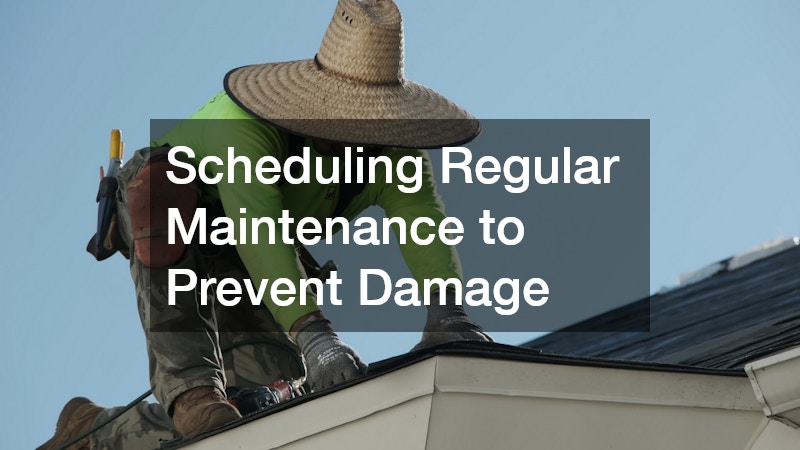
Routine maintenance is key to preventing costly roof damage. Regular inspections, cleaning of gutters, and removal of debris help maintain proper drainage and prevent leaks. Roofing service professionals can identify early signs of wear and recommend preventative measures before problems escalate. Consistent maintenance extends the life of the roof, reduces the frequency of major repairs, and ensures that your home remains protected from environmental elements. Scheduling regular check-ups also allows homeowners to budget for future repairs and replacements strategically. Beyond visual inspections, maintenance should include checking for loose flashing, proper ventilation, and signs of water intrusion in the attic. Implementing a consistent maintenance schedule helps homeowners avoid emergencies, maintain warranty coverage, and make incremental improvements that prolong the overall lifespan of the roof. Furthermore, documenting maintenance activities, including inspection dates, repair actions, and material replacements, can help homeowners track trends over time. This record serves as proof for insurance claims or warranty validation and provides a clear plan for ongoing upkeep, ensuring the roof continues to function optimally for decades.
Evaluating Contractor Experience and Reputation
When selecting roofing contractors, experience and reputation should be top priorities. Homeowners should verify licenses, insurance coverage, and years of practice. Experienced contractors bring knowledge of different roofing systems, installation techniques, and repair methods, which contribute to better outcomes. Reading reviews, requesting references, and checking certifications provides additional assurance that the contractor is reliable and capable of delivering quality work. Contractors with proven track records can anticipate potential issues, offer valuable recommendations, and execute repairs efficiently. Homeowners should also consider a contractor’s ability to communicate clearly, provide detailed estimates, and respond promptly to inquiries. Strong communication and transparency reduce misunderstandings and ensure that expectations are aligned before work begins.
Selecting a Company Known for Quality Work
Choosing the best roofing company involves evaluating a combination of skill, materials, and customer service. Companies with strong reputations prioritize safety, use high-quality materials, and adhere to industry standards. They provide detailed estimates, clear communication, and warranties on work completed. Selecting a reputable company reduces the risk of shoddy work, hidden costs, and future problems. Homeowners should seek companies known for professionalism, reliability, and excellent customer satisfaction, ensuring the investment in roof restoration provides long-term value. Quality companies often have specialized teams for inspections, repairs, and installations, allowing for comprehensive services under one roof. Choosing such a company ensures that every aspect of the restoration, from assessment to cleanup, meets the highest standards.
Tackling Minor Damage Before It Escalates
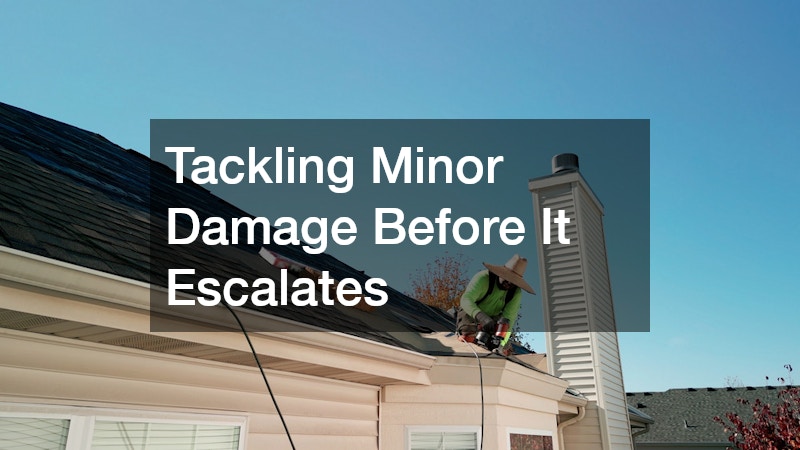
Addressing minor issues early can prevent extensive damage and costly repairs. Roof repairing includes fixing small leaks, replacing missing shingles, sealing cracks, and correcting drainage problems. Even seemingly minor damage can worsen if left untreated, leading to structural problems and water damage. Homeowners who take a proactive approach to minor repairs maintain the integrity of their roof and reduce the likelihood of emergency situations. Regular inspections combined with timely minor repairs create a strong foundation for a longer-lasting roof. Additionally, addressing small problems promptly can prevent damage to insulation, ceilings, and interior walls, ultimately saving money and avoiding disruptions to daily life. Small repairs also provide an opportunity to reinforce vulnerable areas, apply protective coatings, and upgrade weak components, ensuring the roof remains resilient against future challenges. Taking consistent action on minor damage fosters a culture of preventative maintenance that benefits the home over the long term.
Handling Emergency Repairs Efficiently
Unexpected damage from storms, falling debris, or sudden leaks requires prompt attention. Roof repairs in emergency situations must be handled efficiently to protect the home and prevent further deterioration. Emergency services may include temporary tarping, water removal, and rapid repairs to critical areas. Homeowners should have a list of reliable contractors ready to respond quickly to emergencies. Efficient handling minimizes damage, reduces repair costs, and restores safety and comfort to the home as quickly as possible. Planning ahead for emergencies, including having a contact list of professional roofers and understanding insurance coverage, allows homeowners to respond without panic. Quick action prevents small issues from developing into extensive and expensive problems. In addition, homeowners should familiarize themselves with basic temporary repair measures and safety precautions to mitigate immediate risks before professional help arrives. Combining preparedness with professional support ensures that emergency repairs are executed effectively and safely.
Tips for Maintaining Your Roof’s Longevity
Maintaining a roof’s longevity involves a combination of proper installation, regular maintenance, and attention to early signs of damage. Cleaning gutters, removing debris, trimming overhanging branches, and inspecting flashing and seals are essential steps. Roofing professionals can provide tailored advice on care specific to your roof type and materials. Additionally, timely repairs and preventative treatments help extend the roof’s lifespan, protect interior spaces, and maintain energy efficiency. A proactive approach ensures the roof continues to perform at its best for many years. Seasonal inspections, addressing small leaks immediately, and maintaining attic ventilation are additional strategies to preserve roof health and prevent premature deterioration.
Planning and Executing a Full Roof Replacement
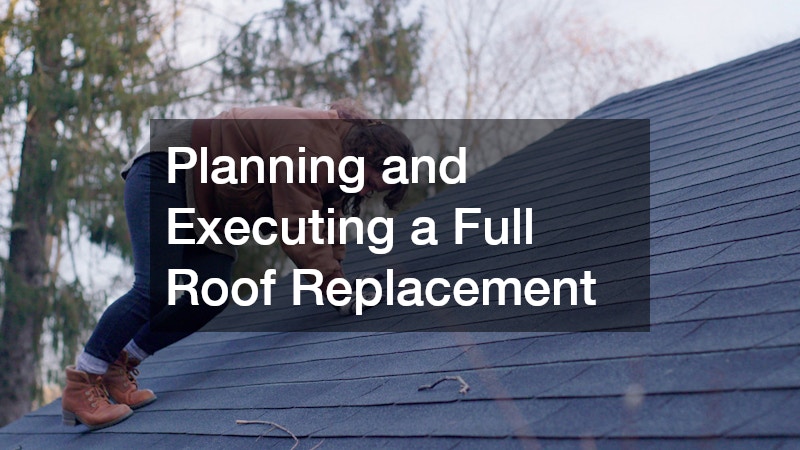
Eventually, all roofs reach the end of their useful life and require a full replacement. Roofing installation involves careful planning, selection of appropriate materials, and skilled execution. Homeowners should work closely with contractors to choose the right materials, prepare the site, and schedule the installation efficiently. Proper removal of the old roof, addressing any underlying structural issues, and installing new roofing materials correctly are critical for a successful outcome. A full replacement restores the roof’s integrity, enhances curb appeal, and provides long-term protection for the home.
Roof restoration is a vital part of homeownership that goes beyond cosmetic improvements. It encompasses identifying problems, hiring skilled professionals, selecting durable materials, performing regular maintenance, and knowing when a full replacement is necessary. Homeowners who invest time and resources into understanding these processes protect their homes from costly damage, improve energy efficiency, and ensure long-term safety for their families.
Recognizing common roof problems early allows for timely repairs that prevent structural damage, leaks, and interior deterioration. Working with reliable local professionals ensures that every repair or restoration step meets high standards of quality and compliance with building codes. Choosing the right materials for your roof not only affects its appearance but also its durability and long-term performance. Whether opting for metal, asphalt, or other roofing options, homeowners benefit from guidance provided by experienced contractors who understand both the materials and the installation process.
Preventive maintenance plays a critical role in extending the lifespan of any roof. Regular inspections, debris removal, and minor repairs help homeowners avoid emergency situations and reduce long-term costs. Evaluating contractors carefully and selecting companies known for quality work provides peace of mind and ensures that restoration efforts are carried out effectively. Addressing minor damage promptly and planning for eventual roof replacement guarantees that the home remains secure and visually appealing over time.
Ultimately, roof restoration is not just a repair process—it is an investment in the longevity, safety, and value of your property. Homeowners who approach roof care proactively can maintain a strong, durable, and attractive roof that withstands the test of time. Understanding the steps involved, from problem identification to full replacement, allows homeowners to make informed decisions, avoid costly mistakes, and protect their investment. A well-maintained roof is a cornerstone of a comfortable, safe, and efficient home, and taking the time to restore and care for it ensures benefits that last for years to come.





